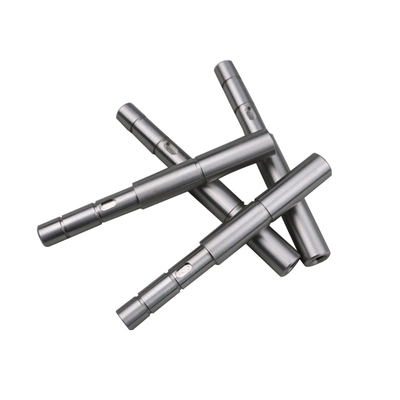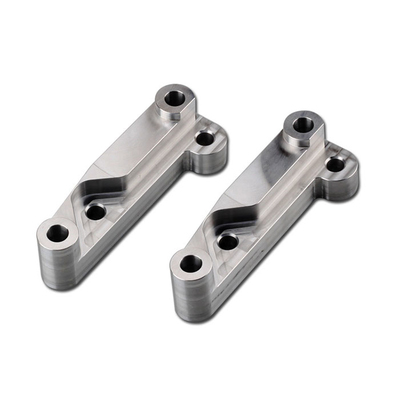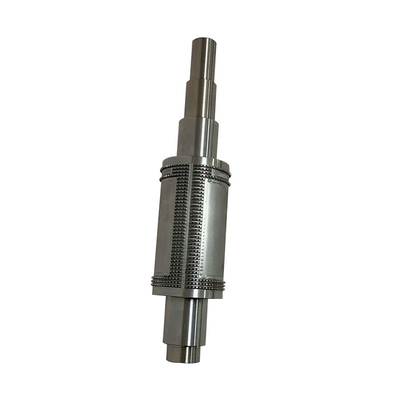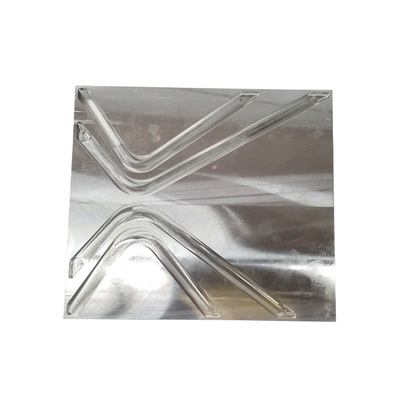Is Brass Magnetic?
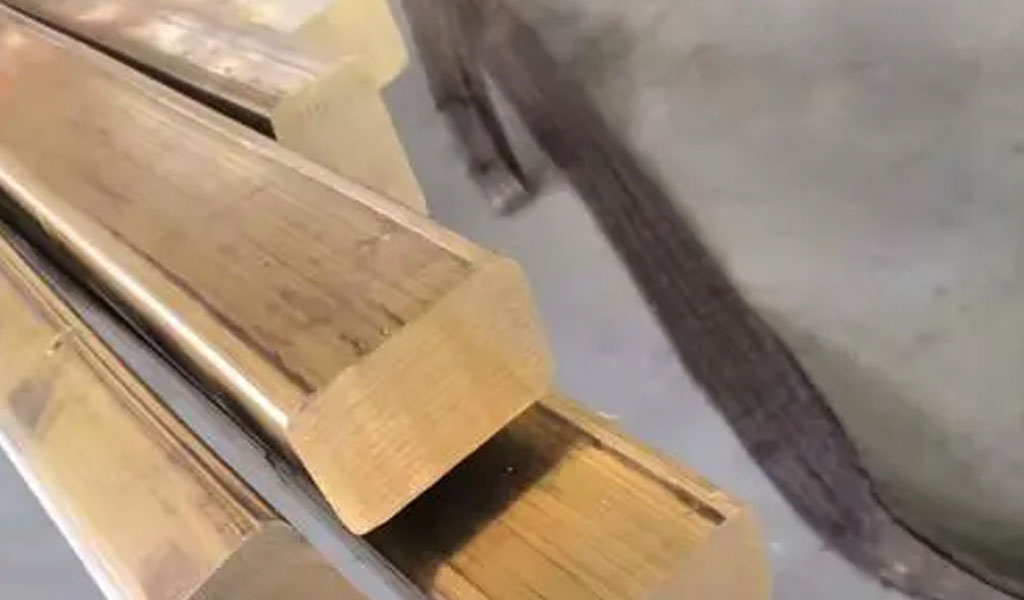
Brass, a widely used metal alloy, is known for its numerous applications in industries ranging from construction to musical instruments. A common question that arises regarding this material is whether brass exhibits magnetic properties. To answer this, it is important to explore the composition of brass, its atomic structure, and the principles of magnetism as they relate to the metals that make up this alloy.
Introduction to Brass
Brass is a metal alloy primarily composed of copper and zinc, though other elements can sometimes be present in small amounts to enhance specific properties. The percentage of copper and zinc in brass varies depending on the intended use. These variations in composition also influence the mechanical, chemical, and even magnetic properties of the alloy.
Types of Brass
Brass is available in various forms, depending on its composition:
- Alpha Brass: Contains less than 35% zinc and is more malleable. It is often used in applications where ductility is important.
- Alpha-Beta Brass: Contains 35-45% zinc and is somewhat less ductile but stronger. This type of brass is common in forging and casting processes.
- Beta Brass: Contains more than 45% zinc, is harder, and is suitable for structural applications.
Each of these types can contain trace amounts of other elements such as lead, aluminum, or nickel, which may also affect their physical properties, including any potential magnetic behavior.
Basic Principles of Magnetism
To understand whether brass is magnetic, it is important to have a foundational understanding of magnetism. Magnetism is a physical phenomenon resulting from the motion of electric charges, typically associated with electrons spinning in atoms.
There are three main categories of magnetic materials:
- Ferromagnetic Materials: These materials, such as iron, cobalt, and nickel, exhibit strong magnetic properties and can retain magnetic alignment even when removed from a magnetic field.
- Paramagnetic Materials: These materials, including some types of aluminum and oxygen, exhibit a weak attraction to magnetic fields, but do not retain magnetism once the external magnetic force is removed.
- Diamagnetic Materials: These materials, which include copper, zinc, and brass, are weakly repelled by magnetic fields. Diamagnetism arises from changes in the orbital motion of electrons when exposed to an external magnetic field.
Brass Composition and Magnetism
Since brass is composed primarily of copper and zinc, both of which are diamagnetic materials, brass itself is classified as diamagnetic. This means that brass is not magnetic in the traditional sense, as it is repelled rather than attracted to magnetic fields.
Diamagnetism in Brass
Diamagnetism is a very weak form of magnetism that occurs in all materials to some extent, but in diamagnetic materials like brass, the effect is particularly weak. When a diamagnetic material is exposed to an external magnetic field, the electrons in the material adjust their motion to create a small opposing magnetic field. This opposing field causes the material to be weakly repelled by the applied magnetic field. However, the repulsion is so minimal that it is typically imperceptible without sensitive instruments.
Factors Affecting Brass and Magnetism
While pure brass is not magnetic, certain factors can influence how brass behaves in the presence of magnetic fields.
Trace Elements
Small amounts of magnetic elements such as iron or nickel, if added to brass, could impart weak magnetic properties to the alloy. However, the levels of these elements in standard brass formulations are usually too low to produce noticeable magnetism.
Manufacturing Processes
The methods used to produce brass can also have an impact on its physical properties, including its interaction with magnetic fields. For example, cold-working brass can introduce strain-induced defects in its crystal structure, which could, in theory, affect its response to magnetic fields. Nevertheless, these changes would not make brass significantly magnetic.
Magnetic Field Strength
The strength of the applied magnetic field also matters. Brass, being diamagnetic, will weakly interact with a magnetic field, but only under strong enough external forces. This interaction is subtle and typically not useful for practical applications in terms of magnetic response.
Applications of Brass in Magnetic Environments
Despite its lack of magnetism, brass is used in many applications where it may encounter magnetic fields. In fact, its diamagnetic properties can be advantageous in certain environments where magnetic materials are undesirable. Some of these applications include:
Electromagnetic Interference (EMI) Shielding
Brass is often used as a shielding material in electronic devices to protect sensitive components from electromagnetic interference. While it is not magnetic, its excellent conductive properties allow it to effectively shield against EMI without being affected by magnetic fields.
Non-Magnetic Fasteners and Fixtures
In environments where magnetism could interfere with sensitive instruments, such as in MRI machines or precision electronic equipment, non-magnetic metals like brass are often used for fasteners, connectors, and other structural components. Brass's diamagnetic nature ensures that it will not be attracted to magnetic fields, preventing unwanted interference.
Machinery and Instruments
Brass is frequently used in machinery and instruments that operate in magnetic fields, such as compasses and electrical connectors. Its non-magnetic properties ensure that it will not interfere with magnetic-sensitive components, while its mechanical durability makes it suitable for these types of applications.
Comparison with Other Materials
It is helpful to compare brass with other materials to understand its unique characteristics in terms of magnetism.
Copper
Copper, a key component of brass, is also diamagnetic. However, pure copper is often used in electrical applications where its non-magnetic nature is advantageous, such as in wiring for electromagnets or other magnetic equipment.
Nickel
In contrast, nickel is a ferromagnetic material. Brass that contains trace amounts of nickel may exhibit some weak magnetic properties, depending on the concentration of nickel in the alloy. However, brass formulations are typically designed to minimize the inclusion of magnetic elements like nickel unless specifically required for certain performance characteristics.
Aluminum
Like brass, aluminum is also diamagnetic and non-magnetic in practical applications. This makes aluminum, alongside brass, a preferred material in industries that require non-magnetic components, such as aerospace and medical devices.
Historical Perspective on Brass and Magnetism
Historically, brass has been utilized for thousands of years for its strength, malleability, and resistance to corrosion. Its non-magnetic nature was not always well understood, but it became an important material in the development of non-magnetic tools and equipment as our understanding of magnetism advanced.
Early Uses of Brass
Brass has been used in various applications since antiquity, from coins and jewelry to architectural elements and musical instruments. In earlier eras, its non-magnetic properties were not well understood, but its ease of manufacturing and versatility made it a popular material.
Industrial Revolution and Brass
During the Industrial Revolution, brass became a material of choice in machinery and instruments where magnetic fields were present, such as in the burgeoning electrical industries. Its non-magnetic nature became a critical factor in its widespread use in electrical switches, relays, and connectors.
Reprint Statement: If there are no special instructions, all articles on this site are original. Please indicate the source for reprinting:https://www.cncmachiningptj.com/,thanks!
 PTJ® provides a full range of Custom Precision cnc machining china services.ISO 9001:2015 &AS-9100 certified. 3, 4 and 5-axis rapid precision CNC machining services including milling, turning to customer specifications,Capable of metal & plastic machined parts with +/-0.005 mm tolerance.Secondary services include CNC and conventional grinding, drilling,die casting,sheet metal and stamping.Providing prototypes, full production runs, technical support and full inspection.Serves the automotive, aerospace, mold&fixture,led lighting,medical,bicycle, and consumer electronics industries. On-time delivery.Tell us a little about your project's budget and expected delivery time. We will strategize with you to provide the most cost-effective services to help you reach your target,Welcome to Contact us ( [email protected] ) directly for your new project.
PTJ® provides a full range of Custom Precision cnc machining china services.ISO 9001:2015 &AS-9100 certified. 3, 4 and 5-axis rapid precision CNC machining services including milling, turning to customer specifications,Capable of metal & plastic machined parts with +/-0.005 mm tolerance.Secondary services include CNC and conventional grinding, drilling,die casting,sheet metal and stamping.Providing prototypes, full production runs, technical support and full inspection.Serves the automotive, aerospace, mold&fixture,led lighting,medical,bicycle, and consumer electronics industries. On-time delivery.Tell us a little about your project's budget and expected delivery time. We will strategize with you to provide the most cost-effective services to help you reach your target,Welcome to Contact us ( [email protected] ) directly for your new project.

- 5 Axis Machining
- Cnc Milling
- Cnc Turning
- Machining Industries
- Machining Process
- Surface Treatment
- Metal Machining
- Plastic Machining
- Powder Metallurgy Mold
- Die Casting
- Parts Gallery
- Auto Metal Parts
- Machinery Parts
- LED Heatsink
- Building Parts
- Mobile Parts
- Medical Parts
- Electronic Parts
- Tailored Machining
- Bicycle Parts
- Aluminum Machining
- Titanium Machining
- Stainless Steel Machining
- Copper Machining
- Brass Machining
- Super Alloy Machining
- Peek Machining
- UHMW Machining
- Unilate Machining
- PA6 Machining
- PPS Machining
- Teflon Machining
- Inconel Machining
- Tool Steel Machining
- More Material

